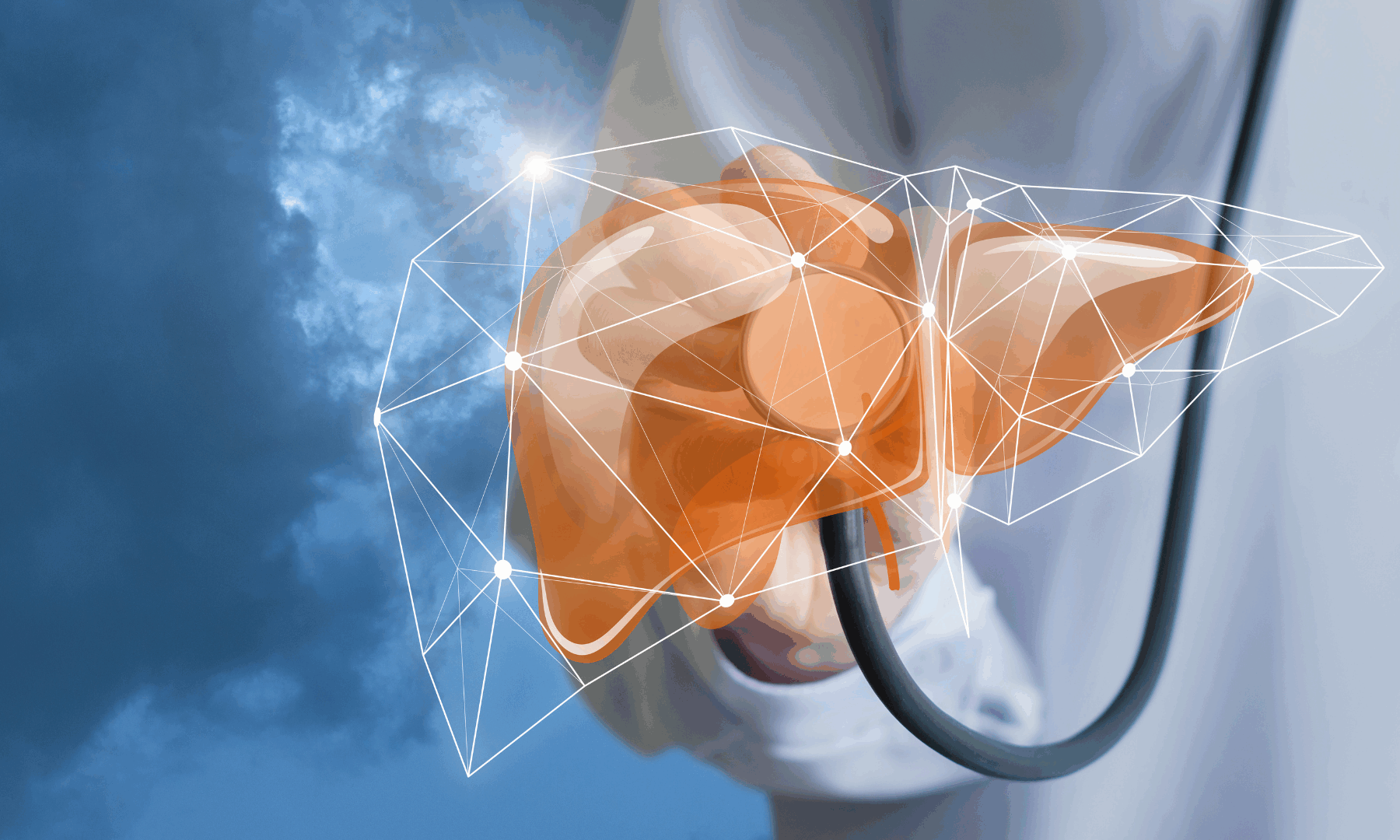Once, fatty liver disease was a distant worry in India—a condition often linked only to heavy drinkers or the elderly. But today, it has silently woven itself into the fabric of everyday life, emerging as a major public health concern across the nation.
The numbers are alarming. Recent studies reveal that 38% of adults and 35% of children in India are now affected. In bustling cities like Chandigarh, the situation is even graver: more than half (53.5%) of the adult population lives with Metabolic Dysfunction-Associated Fatty Liver Disease (MAFLD). Among working professionals, the figures climb to shocking heights. In the IT corridors of Hyderabad, 84% of employees were found to be unknowingly living with the disease—a silent threat, thriving beneath the surface of seemingly healthy lives.
What once was thought to afflict only heavy drinkers is now found in young, fit-looking individuals, diagnosed incidentally during routine health scans. Many of these people do not drink, nor do they fit the typical image of someone battling obesity. The disease has quietly adapted to a new lifestyle-driven reality, one shaped by the pressures of modern living.
The roots of the crisis are disturbingly clear. Over the last decade, physical activity has dwindled, while calorie-dense, nutrient-poor foods have become a staple. The allure of quick, comforting meals—pizzas, burgers, sugary drinks—has replaced home-cooked, balanced diets. Midnight snacking during late-night work or study sessions has become a ritual. Outdoor activities have given way to screen time. In this environment, fatty liver disease has found fertile ground.
Perhaps the most insidious part of this epidemic is its silent progression. In its early stages, fatty liver disease causes almost no symptoms. When signs do emerge—such as persistent fatigue, abdominal discomfort, unexplained weight loss, or swelling—they often signal that irreversible damage like fibrosis or cirrhosis has already set in. Without timely intervention, what starts quietly can end in life-threatening complications—liver cancer, chronic systemic illnesses, or organ failure.
A particularly worrying discovery from recent research is that BMI (Body Mass Index)—once a trusted indicator of health—is no longer reliable in spotting those at risk. Lean individuals are just as vulnerable, shattering old myths and making routine liver screening essential for everyone, not just the visibly overweight.
Recognizing the urgency, hospitals and healthcare institutions across India are responding. Specialized liver clinics are springing up, offering targeted screening and early management for people at risk, especially those battling obesity, diabetes, or poor lifestyle habits.
The silver lining? Early intervention can turn the tide. Studies show that losing just 3–5% of body weight can substantially reduce liver fat. A 10% weight reduction can even reverse early-stage fibrosis. The path to healing lies in small but powerful changes—switching processed foods for vegetables, whole grains, and proteins; staying hydrated; reducing reuse of cooking oils; moving more; and even sipping black coffee in moderation.
Fatty liver disease is more than a liver problem—it’s a wake-up call about the fragility of modern health. Our liver is vital for digestion, metabolism, immunity, and the balance of many life-sustaining systems. When the liver suffers, so do the kidneys, lungs, heart, and brain.
India now faces a choice. We can continue down this silent path—or we can act. Fostering awareness, rebuilding healthier food habits, promoting active lifestyles, supporting mental well-being, and ensuring regular health check-ups must become part of our national consciousness.
The disease may be silent at first. But its consequences are loud and devastating. The time to protect our livers—and our future—is now.
For More details

